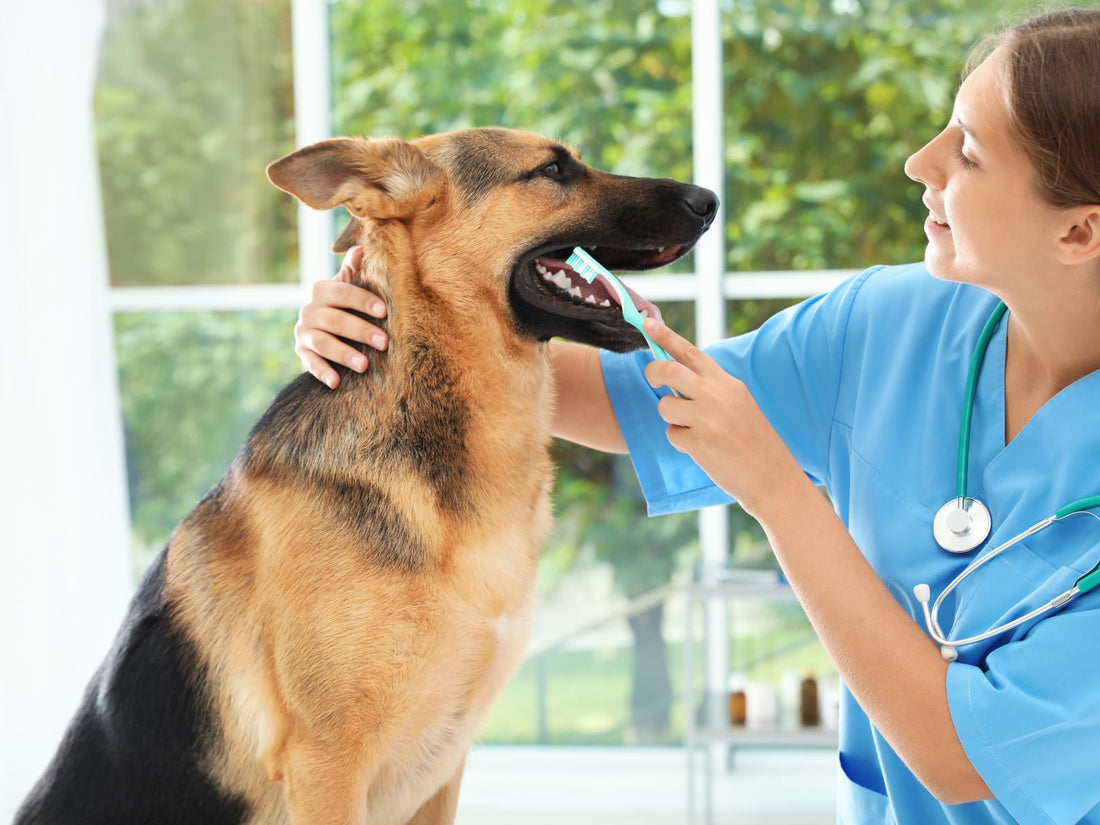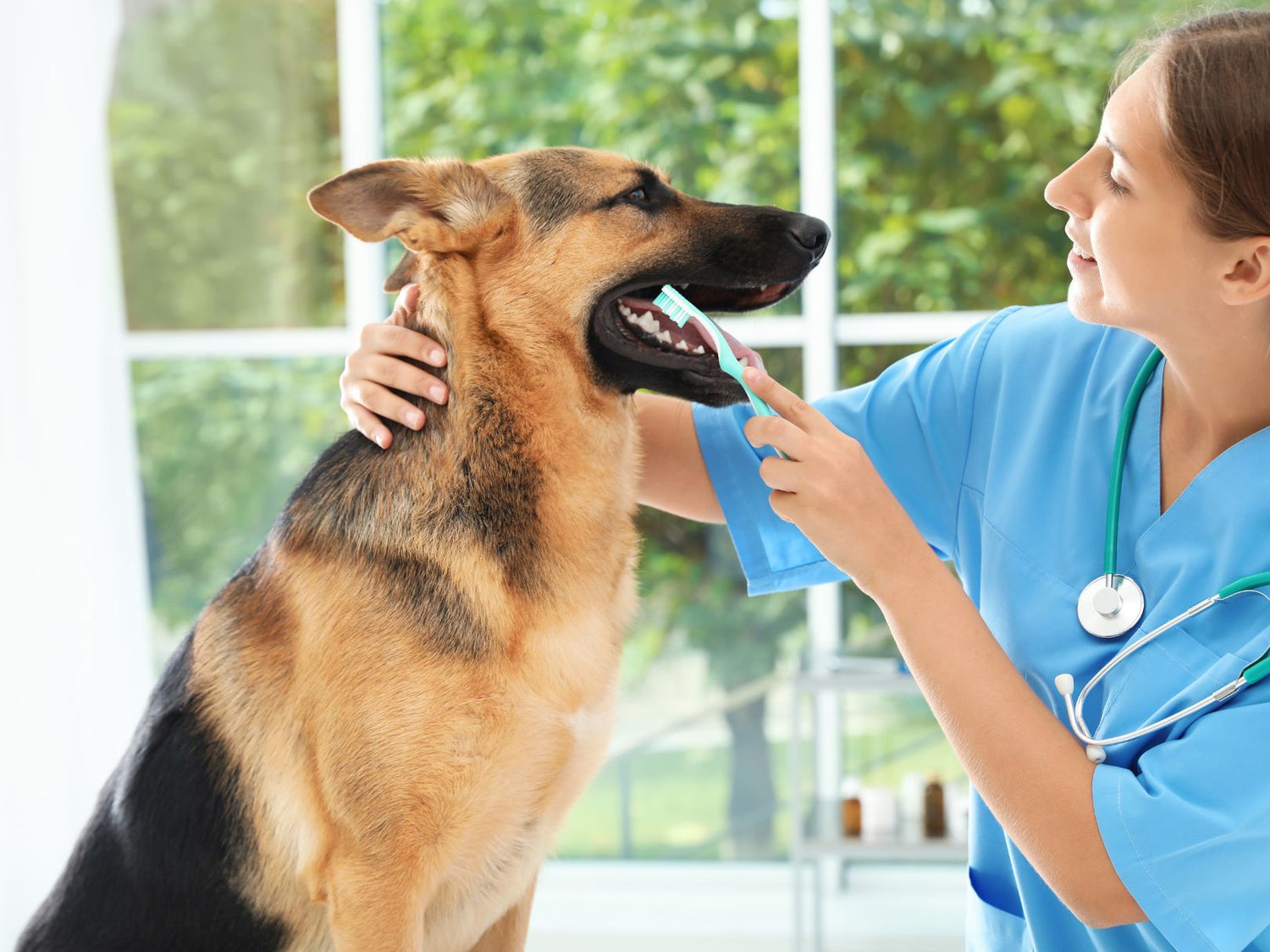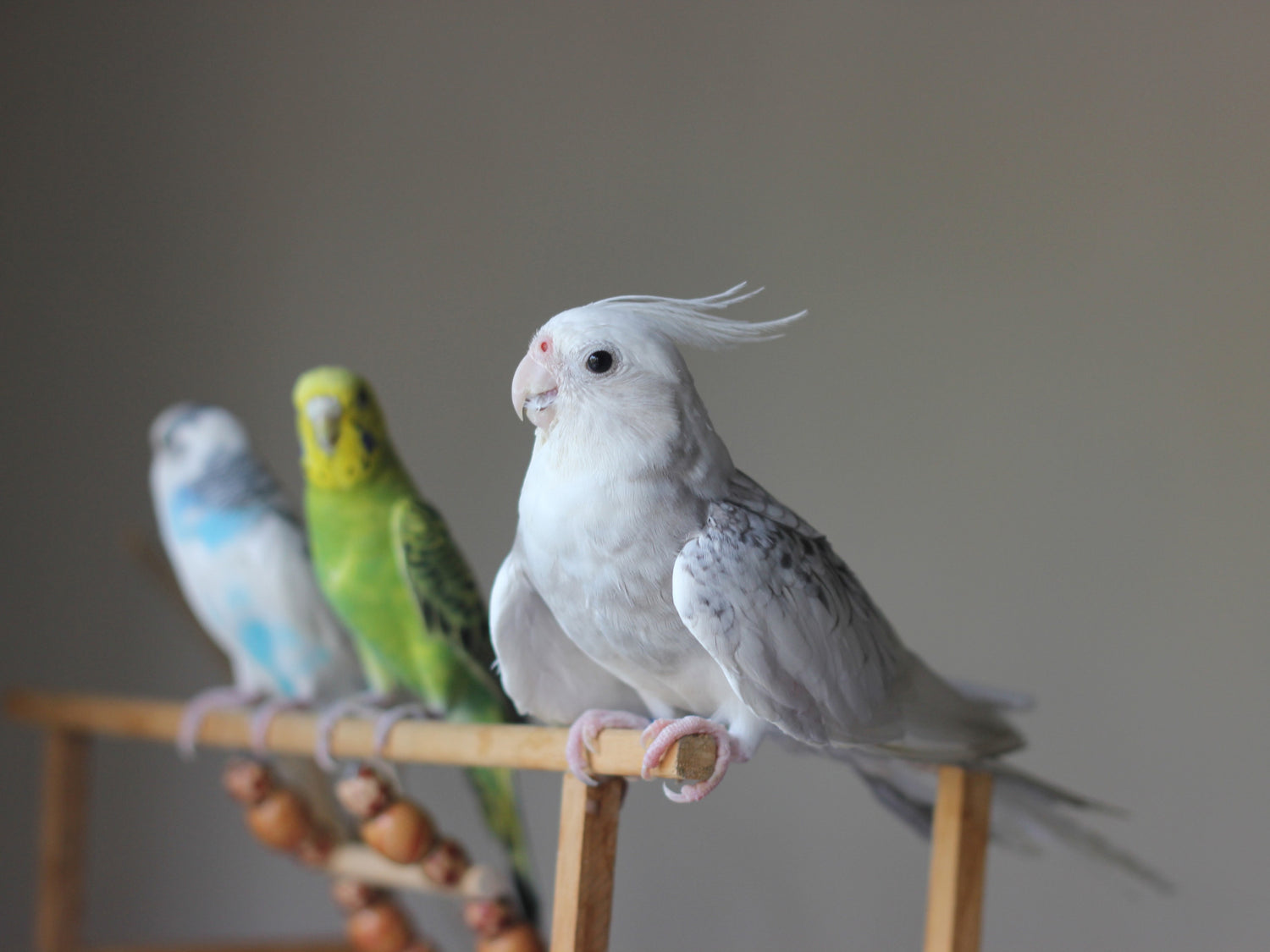Dental diseases are one of the most common ailments in dogs and cats, yet they are often overlooked. However, good dental health is essential to the overall well-being of our four-legged companions. In this article, we will explore the various dental diseases that dogs and cats are prone to, their causes, symptoms, and best practices for preventing and treating these issues.
Common Dental Diseases in Dogs and Cats
Periodontal Disease
Periodontal disease is a common dental condition in dogs and cats, characterized by inflammation and infection of the tissues surrounding the teeth, ranging from mild gingivitis to severe periodontitis.
-
Gingivitis is the initial stage of periodontal disease. It is characterized by inflammation of the gums, usually due to the accumulation of dental plaque, a thin layer of bacteria and food debris that forms on the teeth. The gums may be red, swollen, and sensitive. At this stage, the disease is reversible if treated properly and promptly.
-
If gingivitis is left untreated, it can progress to more severe periodontitis. Periodontitis involves inflammation and infection of the supporting tissues of the teeth, including the periodontal ligament and alveolar bone. Symptoms may include gum recession, the formation of pockets between the teeth and gums, tooth mobility, and eventually tooth loss.
Periodontal disease in dogs and cats is usually caused by poor dental hygiene. The accumulation of dental plaque leads to irritation of the gums, promoting the development of gingivitis. If plaque is not removed, it can calcify to form tartar, exacerbating inflammation and leading to periodontitis.
Several factors can increase the risk of periodontal disease in dogs and cats, including age (older animals are more likely to suffer from it), genetic predisposition, soft food, and poor dental hygiene.
The best way to prevent periodontal disease in dogs and cats is to maintain good dental hygiene. This includes regular brushing of the teeth, using dental toys and chew treats, as well as regular dental check-ups with the veterinarian. In case of periodontal disease, professional dental cleaning and appropriate treatment may be necessary to treat the condition and prevent future complications.
Tartar and Dental Plaque
This condition is due to the accumulation of oral bacteria and food debris which can lead to infections and serious health issues.
Dental plaque is a thin, sticky, colorless layer composed of bacteria, food debris, and saliva. It constantly forms on the teeth of dogs and cats, especially along the gum line and on the rough surfaces of the teeth. If not regularly removed by tooth brushing, dental plaque can harden and turn into tartar.
As for tartar, it results from the mineralization of dental plaque by the mineral salts present in saliva. It has a rough and hard texture, ranging from yellow to brownish in color, and adheres firmly to the tooth surface. Tartar can gradually accumulate and form thick deposits, making it difficult to remove by brushing alone. Once formed, tartar can irritate the gums, promote the growth of harmful bacteria, and contribute to the development of dental diseases such as gingivitis and periodontitis.
The main causes of dental plaque and tartar in dogs and cats are poor dental hygiene and inappropriate diet. Food remains and particles left on the teeth after meals provide an ideal substrate for the growth of bacteria responsible for the formation of dental plaque. Soft and moist foods tend to stick more to the teeth, thus promoting the formation of dental plaque.
Tartar and dental plaque can lead to bad breath, gum inflammation (gingivitis), discoloration of the teeth, and, in severe cases, periodontal diseases that can lead to tooth loss and serious infections. In addition to causing dental problems, the accumulation of tartar can also affect the overall health of the animal by increasing the risk of systemic diseases such as heart and kidney diseases.
Dental Abscess
A dental abscess in dogs and cats is a painful and potentially serious dental condition that typically occurs due to a bacterial infection at the root of a tooth.
A dental abscess often forms as a result of a bacterial infection penetrating the root of a tooth. This infection can occur due to injury, untreated cavities, dental fracture, or undiagnosed periodontal disease. When a tooth is damaged or infected, bacteria can enter inside the tooth through the damaged tissues. The resulting infection can cause an accumulation of pus inside the root of the tooth or in the surrounding tissues, thus forming an abscess.
Symptoms of a dental abscess in dogs and cats may include:
- Pain and sensitivity in the mouth, which may manifest as reluctance to eat or chew
- Swelling of the gum near the affected tooth
- Persistent bad breath
- Discharge of pus or blood around the infected tooth
- Increased salivation
- Changes in behavior, such as irritability or restlessness
A veterinarian can diagnose a dental abscess during a thorough oral examination and by using imaging techniques such as dental radiographs to assess the extent of the infection. Treatment for a dental abscess in dogs and cats typically involves administering antibiotics to address the bacterial infection. In some cases, tooth extraction may be necessary to remove the source of the infection and prevent its spread. In addition to medication, professional teeth cleaning and additional dental care may be recommended to help prevent future dental problems.
In summary, a dental abscess in dogs and cats is a painful infection that typically forms as a result of a bacterial infection at the root of a tooth. It is important to consult a veterinarian as soon as possible if you suspect your pet is suffering from a dental abscess, as prompt treatment is essential to relieve pain and prevent serious complications.
Stomatitis
Stomatitis is a painful inflammation of the oral mucosa in dogs and cats. This condition can be very uncomfortable for the animal and often requires veterinary intervention to relieve pain and treat inflammation.
Stomatitis can have several causes, including:
- Bacterial or viral infections: Some infections, such as feline calicivirus in cats, can cause stomatitis
- Allergic or autoimmune reactions: Allergic reactions to certain foods or substances, or autoimmune diseases such as pemphigus, can lead to inflammation of the oral mucosa
- Chemical irritants: Exposure to irritating or toxic chemicals can cause stomatitis
- Trauma: Injuries or mechanical irritations in the mouth, such as ulcers caused by excessive rubbing, can trigger inflammation
Symptoms of stomatitis in dogs and cats may include:
- Swelling and redness of the oral mucosa
- Ulcers or lesions in the mouth, often painful
- Difficulty eating or drinking
- Excessive drooling
- Bad breath
- Changes in eating behavior, such as eating slowly or avoiding eating
- Irritability or aggression when the mouth is touched
Treatment for stomatitis in dogs and cats will depend on the underlying cause of the inflammation. This may include:
- Administration of antibiotics or antifungals to treat infections.
- Anti-inflammatory or immunosuppressive medications to reduce inflammation and relieve pain.
- Additional oral care, such as mouth rinsing with disinfectant solutions or application of topical gels.
- Dietary modification to include soft foods or hypoallergenic diets if a food allergy is suspected.
- In some severe or treatment-resistant cases, partial or total tooth extraction may be necessary to relieve pain and control inflammation.
Stomatitis in your pet essentially needs to be treated by a veterinarian to alleviate pain, reduce inflammation, and address the underlying cause of the condition. Additionally, only a veterinarian can diagnose stomatitis in the animal by conducting a thorough oral examination. In some cases, additional tests such as biopsies or laboratory analyses may be necessary to determine the underlying cause of the inflammation.
Prevention, Symptoms, and Treatment
Good dental hygiene and regular dental care are essential to prevent and ensure optimal oral health for your four-legged companions. Dental diseases in dogs and cats can be prevented through simple actions:
- Regular tooth brushing: tips for incorporating this practice into your pet's grooming routine
- Dental diet: choosing specially formulated foods to promote oral health
- Dental toys and chew treats: how they can help reduce plaque buildup and stimulate gums
- Regular dental check-ups with the veterinarian
In case of doubt, here is a quick summary of symptoms to watch for in your pet:
- Persistent bad breath
- Red, swollen, or bleeding gums
- Difficulty eating or chewing
- Excessive drooling
- Changes in eating or behavioral habits
Finally, the following treatments are recommended for dental diseases in dogs and cats:
- Professional dental cleaning: a procedure performed by a veterinarian to remove tartar and dental plaque.
- Tooth extraction: in severe cases, extraction of infected teeth may be necessary to relieve pain and prevent complications.
- Medication treatment: antibiotics or anti-inflammatories prescribed to treat infections and alleviate discomfort.
Dental health is a vital aspect of the overall well-being of our dogs and cats. By identifying early signs of dental diseases and adopting appropriate preventive measures, we can help our companions maintain a bright smile and optimal oral health throughout their lives. Remember that regular visits to the veterinarian also contribute to ensuring proper dental care and addressing any issues early on.





